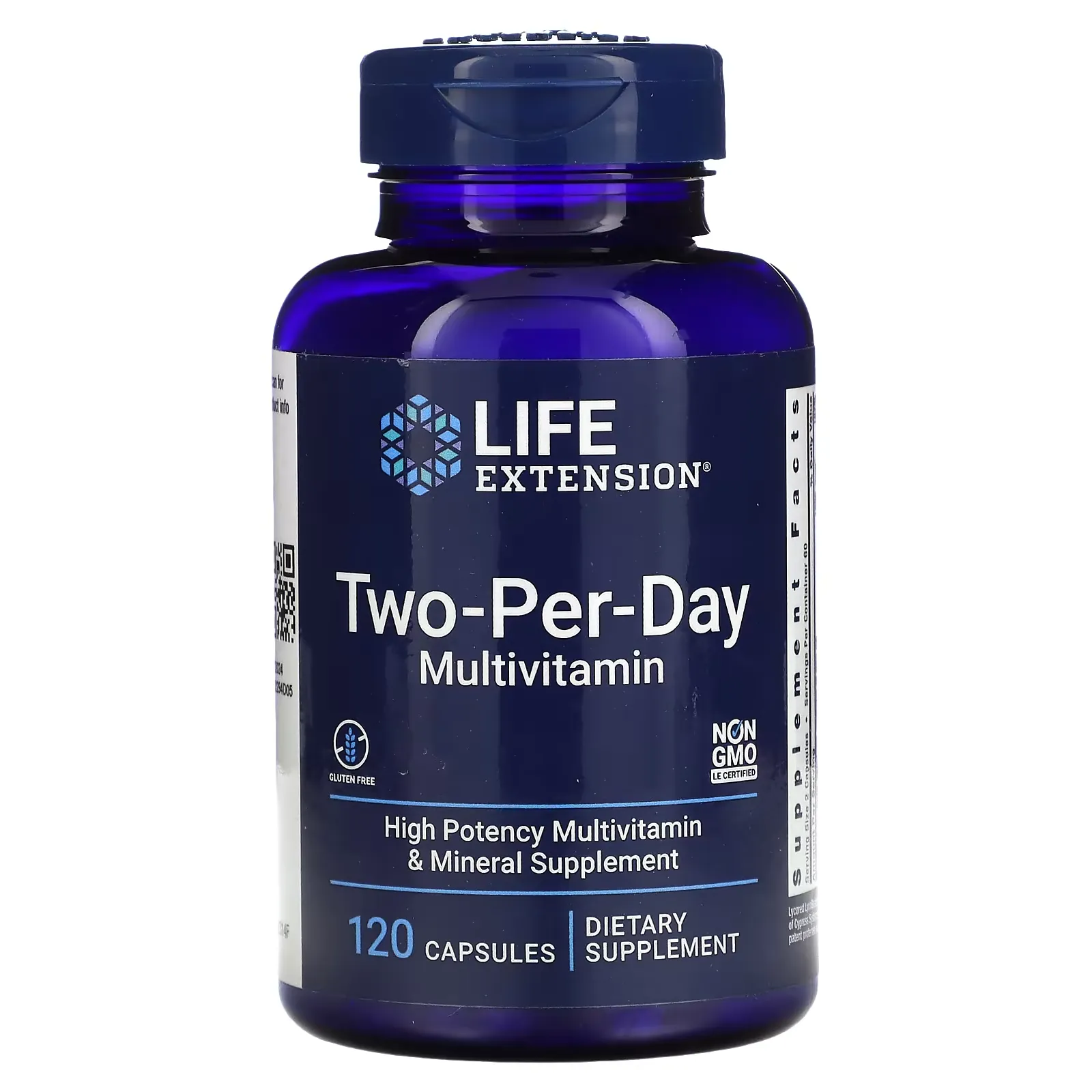Spoilers for this article
- ashwagandha (type of Indian cactus)has traditionally been used to treat neurological disorders andstressIt is an Indian herb that has been used to treat disorders andneuroprotective effectis attracting attention.
- In this study, a Parkinson's disease model of Drosophilaashwagandha (type of Indian cactus)and administered,Evaluates improvement in a disease indicator called climbing ability.I did.
- Results,ashwagandha (type of Indian cactus)The apparent improvement in the ability of Drosophila to ascend after treatment withashwagandha (type of Indian cactus)andNeuroprotective properties and may be useful in the treatment of Parkinson's diseasewas suggested.
What are some of the new treatments for Parkinson's?"
."ashwagandha (type of Indian cactus)I've heard that there's a herb called 'the herb of the day' that's good for your health, but what kind of effect does it have?"
I'm curious if there are any natural ingredients that can cure neurodegenerative diseases."

This article is for those who are interested in this topic.
This site's top picksashwagandha (type of Indian cactus)but the modernneurodegenerative diseaseThe new hope for the
In this article, at the intersection of more than 3,000 years of history and the latest science,ashwagandha (type of Indian cactus)(at sentence-end, falling tone) indicates a confident conclusionneuroprotective effectWe will explore the secrets of

The forces of nature and science merge.ashwagandha (type of Indian cactus)may also contribute to your health.
ashwagandha (type of Indian cactus)Please read to the end of this article to find out more about the unknown possibilities of the "Mere Old Man" and the research results revealed in the year 2023.
What is ashwagandha in the first place?

ashwagandha (type of Indian cactus)(scientific name: Withania somnifera Dunal) has been used for thousands of years in Ayurveda, the traditional medicine of India, to treat both physical and mental health problems.stressThe herb has been used as an effective medicine, tonic, and even aphrodisiac.
Nowadays, the effectiveness of these products has been proven by modern science through various clinical studies, and they are attracting attention.
The fruit is an evergreen shrub of the eggplant family. The name comes from the horse's (ashwa) smell (ganda).
Some say it is named after the robust vigor of horses.
▼Recommended Articles

Paper Outline
The paper presented in this issue ofEffect of Ashwagandha on park25-induced neurodegeneration in a Drosophila Parkinson's disease model(Japanese translation)".
| (data) item | Details |
|---|---|
| Title. | The Ameliorative Effect of Ashwagandha- Withania somnifera (L.) Dunal on park25 Induced Neurodegeneration in Drosophila melanogaster Parkinson Disease Model |
| author (usu. of a particular book, etc.) | Murthy, M. N., Chandana, V., Nisarga, H. D., Shyamala, B. V. |
| Magazines | European Journal of Medicinal Plants |
| Year of Publication | 2023 |
Research Background
Traditional Use of Ashwagandha
ashwagandha (type of Indian cactus)(scientific name: Withania somnifera) is an evergreen shrub belonging to the eggplant family, whose roots have been used for over 3,000 years in Ayurveda, traditional Indian medicine,Various nerve andstressTreatment of related diseasesIt has been used for

ashwagandha (type of Indian cactus)is used as a nutritional aid, aphrodisiac, anesthetic, diuretic, anthelmintic, astringent, febrifuge and stimulant.
Ashwagandha as a response to neurodegenerative diseases
From the 18th century,ashwagandha (type of Indian cactus)along with other herbs.Used in the treatment of Kampavatha (Parkinson's disease)The company is now in a position to
Because of its broad folk medicinal importance,ashwagandha (type of Indian cactus)school (e.g. of ikebana)Noted as an alternative medicine in the treatment of many neurodegenerative diseases such as Alzheimer's and Parkinson'sThe company has been

The number of cases of Alzheimer's and Parkinson's disease is increasing around the world,side effectThere is a growing need for complementary and alternative herbal therapies that have less or no
Parkinson's disease is associated with Parkin gene mutations.
Many genetic factors contribute to the onset and progression of Parkinson's disease.
Loss-of-function mutations in the Parkin gene are a major cause of early onset of autoimmune juvenile Parkinson's disease (AR-JP), and park25 loss-of-function mutants in Drosophila sp. are found in adult brainSignificant reduction in the number of dopamine neuronsand this is the primary cause of Parkinson's disease.
- park25 loss-of-function mutant
-
The park25 loss-of-function mutant is a mutant in the fruit fly Drosophila melanogaster in which the function of a specific gene is lost.
This mutation causes an increase in the contact between the mitochondria and endoplasmic reticulum of neurons and a decrease in the number of certain neurons.

By this,It produces symptoms similar to those of Parkinson's disease.
Scientists are using this mutant to develop a treatment for Parkinson's disease.
- Drosophila melanogaster
-
Drosophila melanogaster, commonly known as Drosophila melanogaster, is a small insect widely used in genetics and biology research.

The life cycle of this fly is short and easy to raise,Ideal model organism for studying gene mutation and functionIt is considered to be a
It is being used especially in the field of genetic engineering and is an important tool for understanding the mechanisms of human diseases.

Drosophila research contributes to a wide variety of fields, including medicine, neuroscience, and developmental biology.
In addition, theashwagandha (type of Indian cactus)school (e.g. of ikebana)Neuroprotection, improved motor skills,memoryand learning capacityand other effects have been recognized.

The challenge is to determine the mechanisms and pathways involved in the neuroprotective properties of this prominent herb.
Purpose of the Study
Confirmation that ashwagandha has neuroprotective effects
One of the main objectives of this study is,ashwagandha (type of Indian cactus)is to determine whether the neuroprotective effect of
Previous research,ashwagandha (type of Indian cactus)is neuroprotective and improves motor skills,memoryand learning ability, but the detailed mechanisms and pathways are not yet fully understood.

This study aims to explore the mechanisms of its neuroprotective effects.
Investigating the effects of ashwagandha on the park25 mutant of Drosophila sp.
Another objective of this study is,ashwagandha (type of Indian cactus)andTo investigate the impact on the park25 mutant of the Drosophila genus, a model of Parkinson's disease.It is.
To a fly that mimics Parkinson's disease.ashwagandha (type of Indian cactus)root water solubleliquidand evaluate the effects using the pathological marker of ascending failure by feeding a mixture of
- Negative geotaxis
-
Negative geotaxis refers to the tendency of organisms to move upward against gravity.
Especially in animals such as insects, by measuring this response to ascending failure,Assessment of motor skills and neurological functionmay take place.
Test for ascending failure in experimental animals, for example, Drosophila,Used to study neurodegenerative diseases and the effects of certain drugs on the nervous systemThe following is a summary of the results of the project.

It is a simple yet extremely useful method used in a wide variety of fields.

In this study,ashwagandha (type of Indian cactus)aims to demonstrate the potential for improving the symptoms of Parkinson's disease.
Research Methods
Selection of target Drosophila spp.
For this study, the subject was a park25 mutant of the genus Drosophila, a species of fruit fly widely used as a model for Parkinson's disease.

This variant is a major cause of Parkinson's diseaseCharacteristics that significantly reduce the number of dopamine neuronsWe have a
Ashwagandha Dosing and Assessment Indicators
ashwagandha (type of Indian cactus)Water-soluble extracted from the roots ofliquidwas mixed with fly food and administered.
And,Behavioral indicators of the Parkinson's disease symptom of ascent failure.Using,ashwagandha (type of Indian cactus)We evaluated the effectiveness of the

Specifically, observe if there is an improvement in the ability of the flies to ascend,ashwagandha (type of Indian cactus)has been evaluated for its ability to improve symptoms of Parkinson's disease.
Research Results and Interpretation
Improvement of climbing ability by ashwagandha administration
Results of this study,ashwagandha (type of Indian cactus)Drosophila genus in the Parkinson's disease model treated withSignificant improvement in ability to ascendThe first time the company was founded, it was a "new" company.

This is,ashwagandha (type of Indian cactus)may improve the motor skills of flies and improve symptoms of Parkinson's disease.Indicates
Possible neuroprotective effects of ashwagandha
The results of this study are,ashwagandha (type of Indian cactus)may protect neurons and prevent neurodegeneration.suggests.
Specifically,ashwagandha (type of Indian cactus)may be effective in reducing the effects of genetic mutations that cause neurodegeneration associated with Parkinson's disease.

These results are,ashwagandha (type of Indian cactus)may be effective in the treatment of Parkinson's disease.
Significance of the Study and Future Directions
Ashwagandha's Potential as a Treatment for Neurodegenerative Diseases
The results of this study are,ashwagandha (type of Indian cactus)may improve symptoms of Parkinson's disease.and suggests its potential as a new treatment for neurodegenerative diseases.

In particular, theashwagandha (type of Indian cactus)s neuroprotective and motor performance-improving effects indicate that it may be effective in relieving symptoms of Parkinson's disease.
Prospects for future research on ashwagandha
In future studies,ashwagandha (type of Indian cactus)Elucidation of the specific mechanisms and pathways of action ofis required.
Also, although this study was conducted using the genus Drosophila as a model,Further research through clinical trials is needed to investigate whether the effect can be applied to humansThe following is considered to be a

By these studies,ashwagandha (type of Indian cactus)for neurodegenerative diseases and to further explore its potential as a new therapeutic approach.
summary

How was it? I would like to conclude by summarizing the contents of this article.
Summary of this article
- ashwagandha (type of Indian cactus)Traditional use of:
This herb has been used in Ayurveda, the traditional medicine of India, for more than 3,000 years. - Dealing with Neurodegenerative Diseases:
The latest research,ashwagandha (type of Indian cactus)may have an effect on neurodegenerative diseases, particularly Parkinson's disease. - Association with Parkin Gene Mutation:
Investigations of the effects on the park25 mutant of Drosophila sp. have led to hopes for therapeutic applications in humans. - research methods:
ashwagandha (type of Indian cactus)administration and a detailed methodology for evaluating its effectiveness. - Possible neuroprotective action:
ashwagandha (type of Indian cactus)protects neurons and improves climbing ability. - Significance of the Study and Future Directions:
ashwagandha (type of Indian cactus)may open new avenues for the treatment of neurodegenerative diseases, and the importance and prospects for future research.

That's all for this article. Thank you for reading to the end.
Disclaimer
This site is primarily intended toashwagandha (type of Indian cactus)to provide information about the results of the study and not to provide medical advice.
It is not intended to diagnose, treat, or prevent any specific disease or condition.
Always follow professional advice when using the information on this site.
We also cannot be held responsible for any loss or damage that you may suffer as a result of acting on the basis of the information on this site.
Use of AI in Content Generation
This website uses AI-based automatic generation for some content.
The information generated by this automatic generation is checked against actual references and articles, and great care is taken to ensure accuracy and reliability.
It is also intended to enhance the transparency and credibility of this site by appropriately disclosing content created through automatic generation.
We believe that this site can provide richer and more useful content through automation and AI-based content creation, which will enable us to provide information more quickly and accurately.




